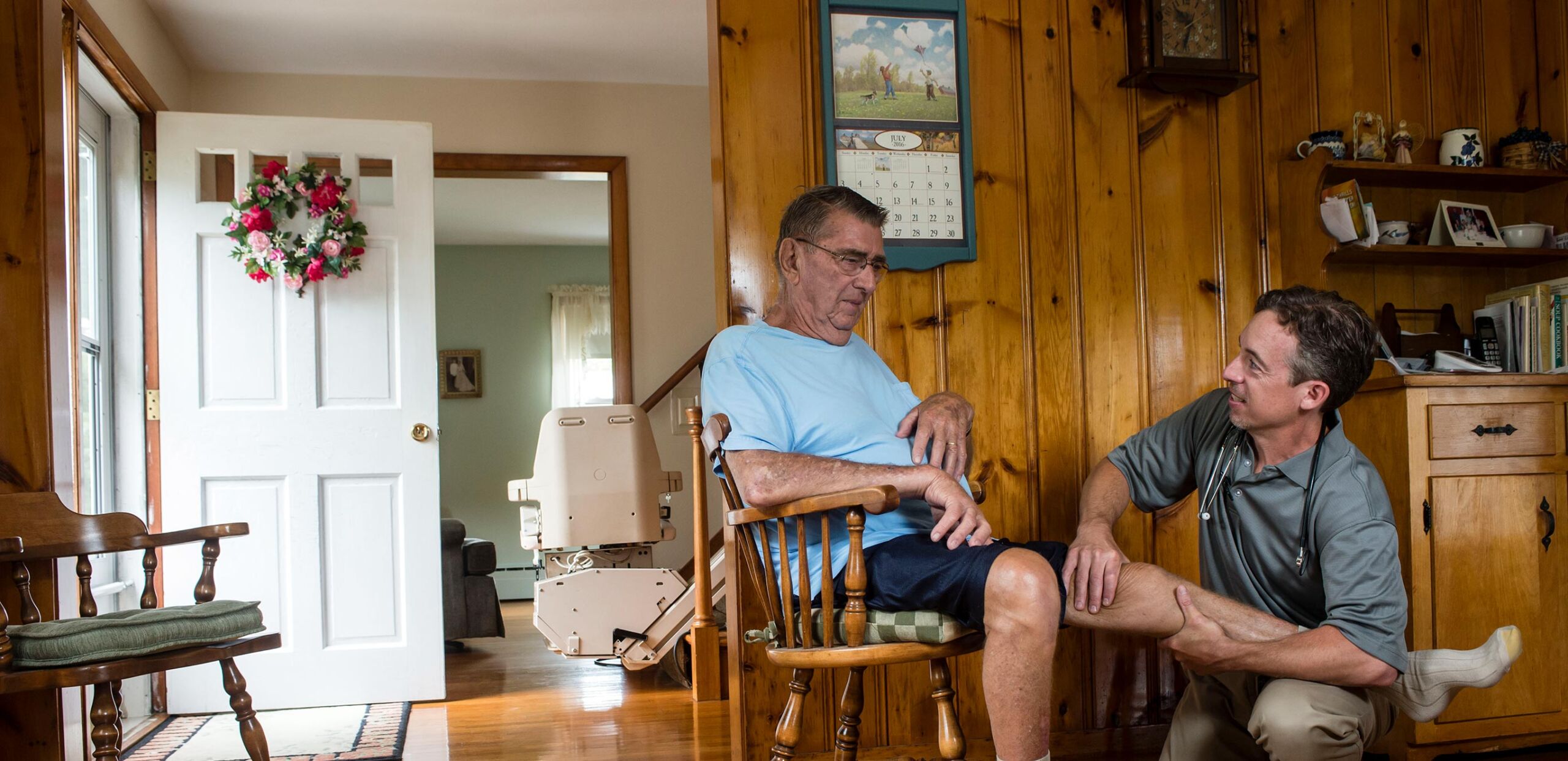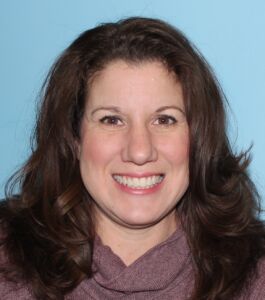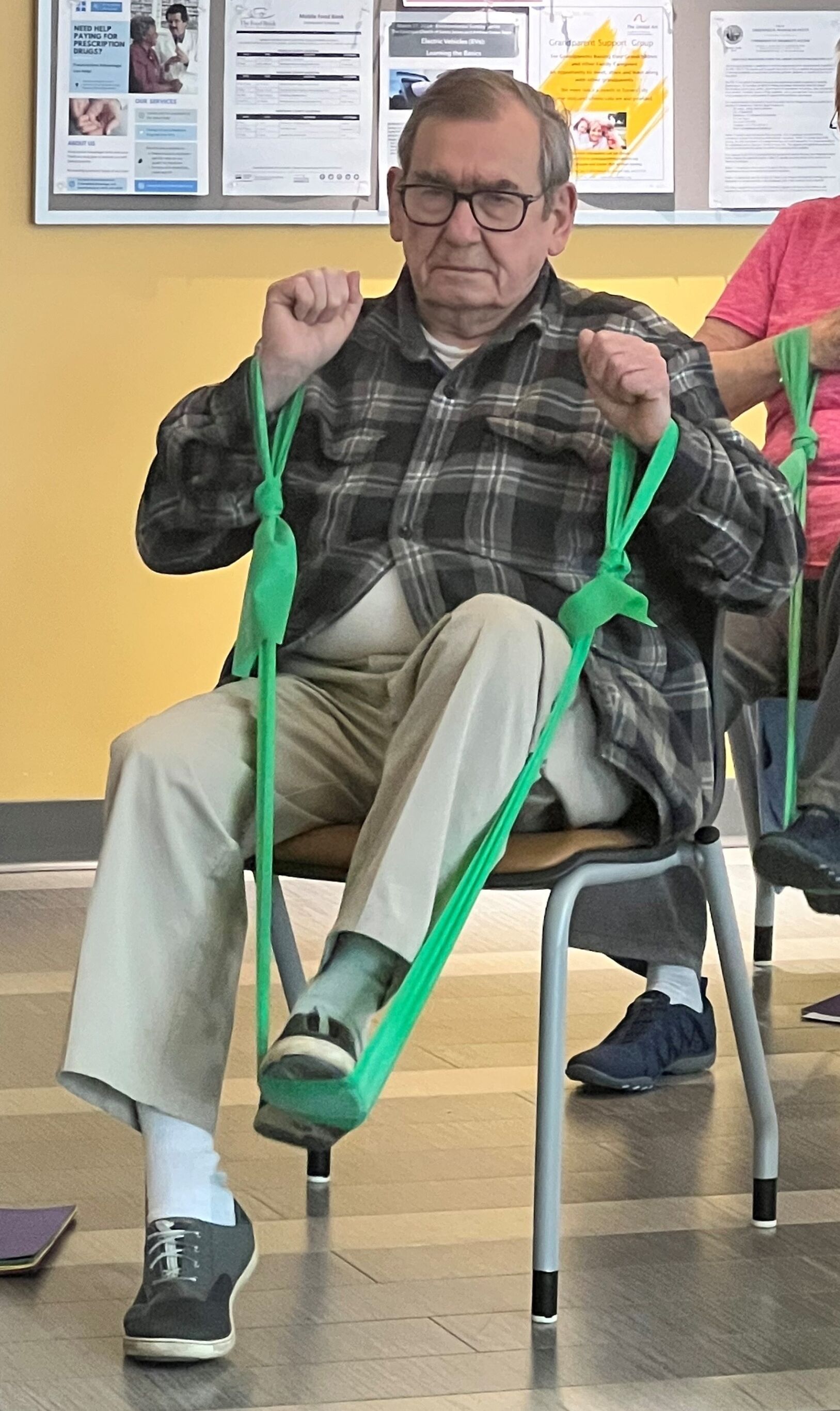In-Home Rehabilitation Services
The home is often the best place to recover, but that recovery goes more smoothly with professional guidance. At Cooley Dickinson VNA, our team of physical therapists, occupational therapists and speech therapists will ease that journey, ensuring you make steady, sure progress toward a better way of life.
All of us who visit you are trained to make sure there’s nothing in your home that will cause a setback. Falls, for example, are a hazard for people recovering from an injury or major operation. We check thoroughly for loose rugs, slippery shower stalls and other potential trouble spots. If need be, we’ll suggest a home be equipped with grab bars and handrails, items rearranged to make access easier, furniture moved to limit steps between them, etc.
During your recovery, you may be visited by one type of expert or another. While each professional’s training differs, we share a common view: You are not your illness. We see you as a person with goals you want to achieve, and we’ll work with your physician to help you attain them.
Here’s a look at the different types of therapists who make up our team:
Physical therapists
Many of our patients are recovering from knee or hip replacement surgery or significant fractures. If that’s your situation, a physical therapist will create a training and exercise program for you to improve your balance and walking, range of motion, posture and strength. Our goal is to help you regain the physical ability to get out on your own — confident that you can go where you want without worry.
Occupational therapists
Occupational therapists also work with you on regaining physical movement, but are more focused on specific tasks. For example, you might have trouble emptying your dishwasher. An occupational therapist can devise different approaches that make it easier for you. Or the therapist might show you how to minimize the steps to make a meal in your kitchen. Patients who have suffered a stroke or other brain-related setback might get assistance with such tasks as writing or communicating.
Speech therapists
As you might expect, speech therapists can work with you on speech-related issues. But they also address all issues related to the mouth, throat and neck. If you have a condition that affects your ability to control the muscles in this area, a speech therapist will guide you in regaining mastery of functions that you might have previously taken for granted. Patients often need instruction with such basics as swallowing or chewing. It’s important to get help soon if you’re having trouble — not only because of short-term dangers but long-term threats such as developing pneumonia.
Don’t worry about deciding which type of therapist you need — that’s our job. Your only focus should be on getting better. We’ll take care of the rest.




